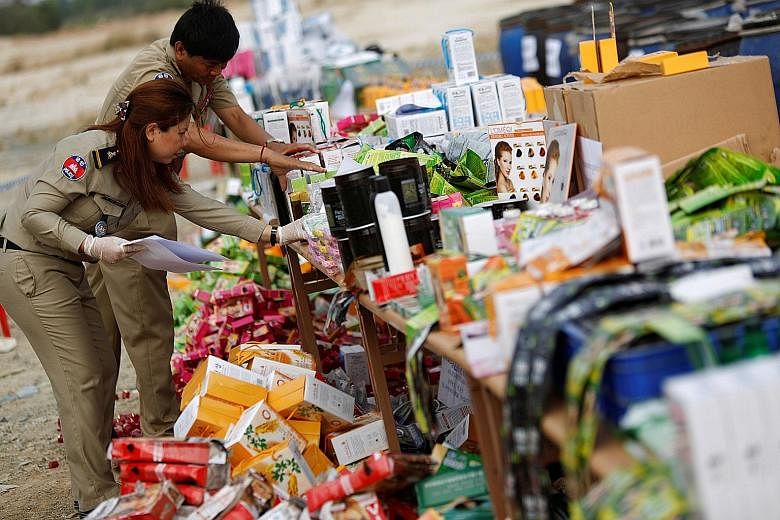Talking about intellectual property in developing countries is often difficult and tricky. The issue is not a lack of entrepreneurship, innovation or original products in these countries. Rather, it is the availability of a sufficient support infrastructure for protecting intellectual property (IP).
Firstly, intellectual property concerns have to compete with myriad disparate needs of developing countries for resources, be it expertise, time or funds, and tend to be given less attention than more foundational needs like security and education.
Already a subscriber? Log in
Read the full story and more at $9.90/month
Get exclusive reports and insights with more than 500 subscriber-only articles every month
ST One Digital
$9.90/month
No contract
ST app access on 1 mobile device
Unlock these benefits
All subscriber-only content on ST app and straitstimes.com
Easy access any time via ST app on 1 mobile device
E-paper with 2-week archive so you won't miss out on content that matters to you

